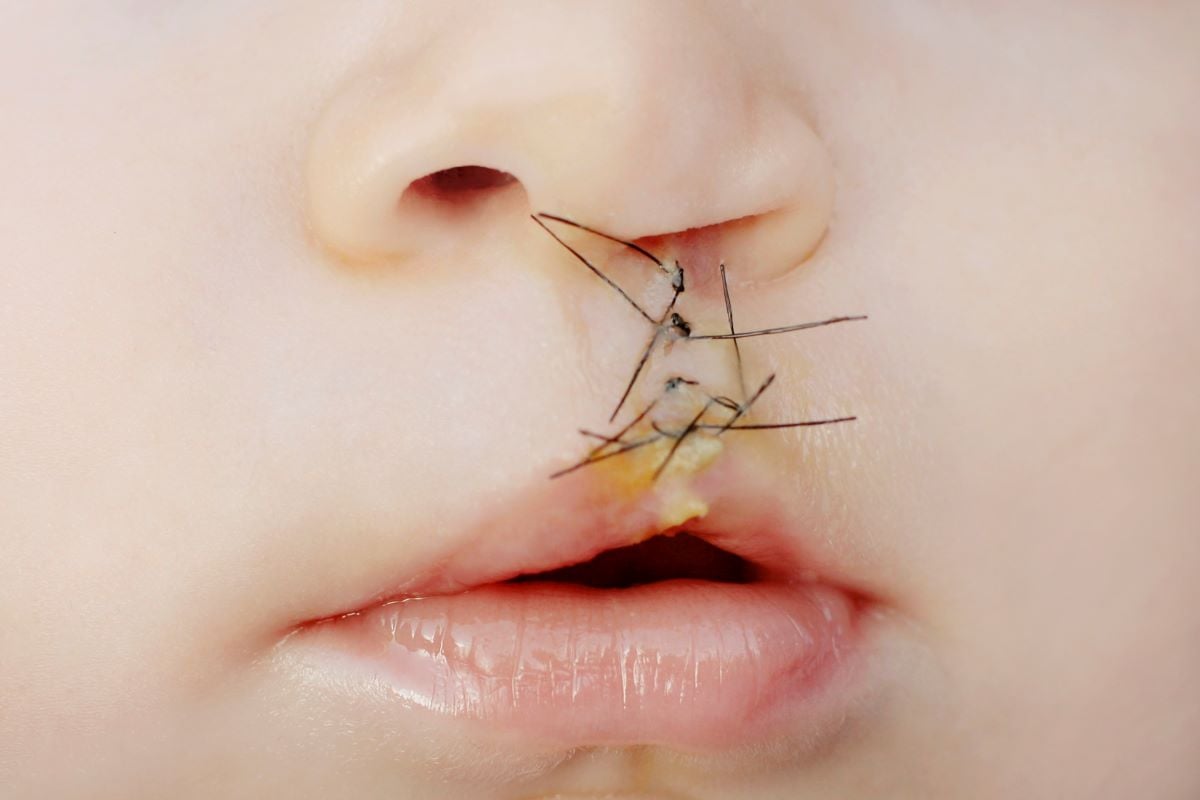White children had lowest odds of delayed surgery, complications, and prolonged LOS and lowest charges
By Elana Gotkine HealthDay Reporter
FRIDAY, Nov. 8, 2024 (HealthDay News) — Racial and ethnic differences are seen with primary cleft lip surgery repair, according to a study published online in the November issue of Plastic and Reconstructive Surgery.
Connor K. Peck, M.D., M.P.H., from the Yale School of Medicine in New Haven, Connecticut, and colleagues examined the effects of race and ethnicity on the likelihood of experiencing delays to surgery, postoperative surgical complications, and prolonged hospital length of stay (LOS) after primary cleft lip repair using data from patients identified in the 2006 through 2012 Kids’ Inpatient Database.
A total of 5,927 eligible patients with cleft lip were included: 3,724 White; 1,316 Hispanic; 279 Black; 277 Asian or Pacific Islander; and 331 other. The researchers observed significant unadjusted differences by race and ethnicity across all outcomes, with the lowest odds of delayed surgery, complications, and prolonged LOS and the lowest charges seen for White children. Much of this disparity may be accounted for by differences in baseline health status, combined with factors such as income, insurance type, and location, according to the researchers. Significantly increased odds of delayed surgery and higher charges remained for Hispanic and Asian/Pacific Islander patients after adjustment for confounders.
“Preoperative comorbidities appear to be a particularly strong predictor of adverse outcomes, highlighting an important role of surgeons as advocates for policies and structures that increase equity in all facets of pediatric care,” the authors write.
Copyright © 2024 HealthDay. All rights reserved.








